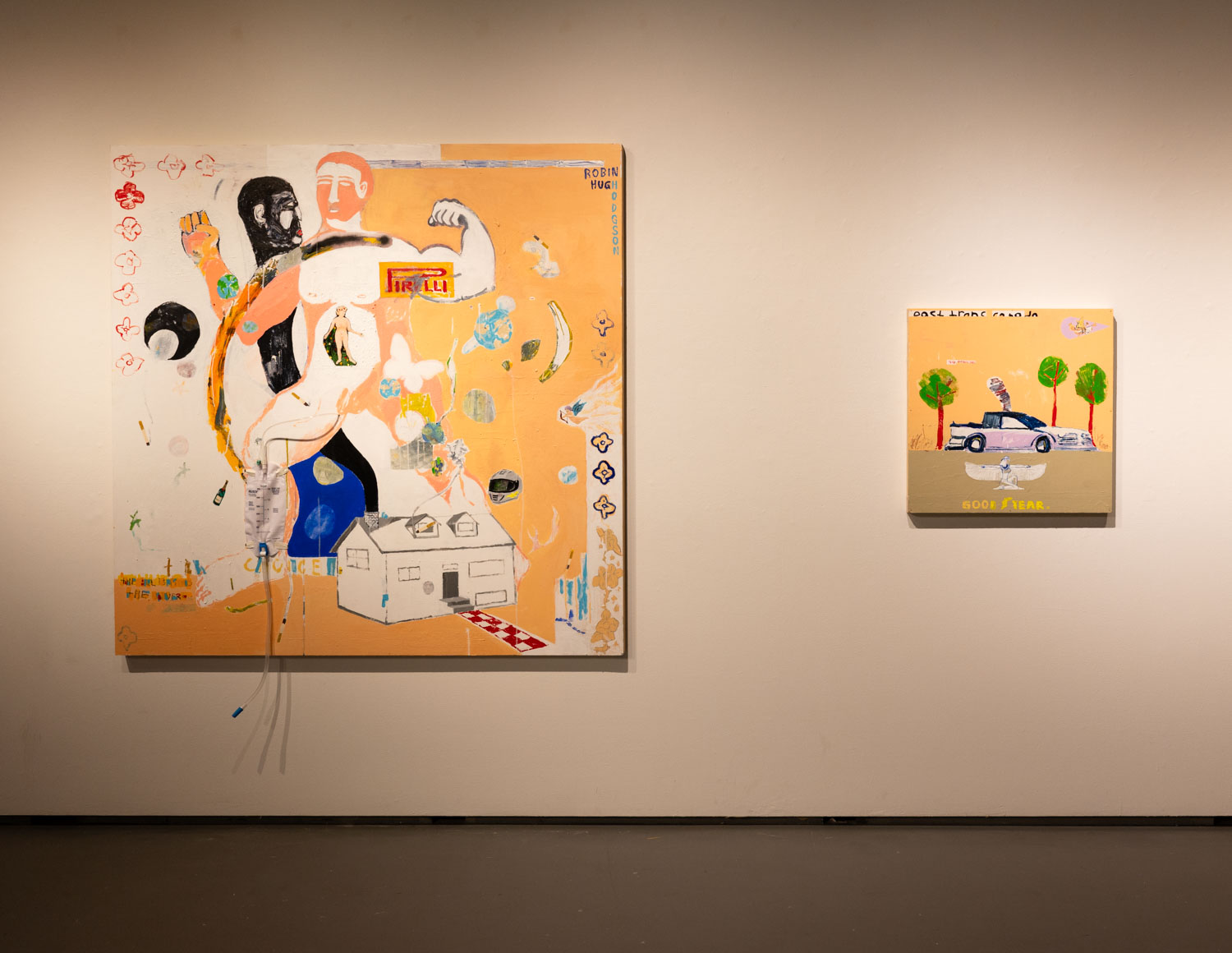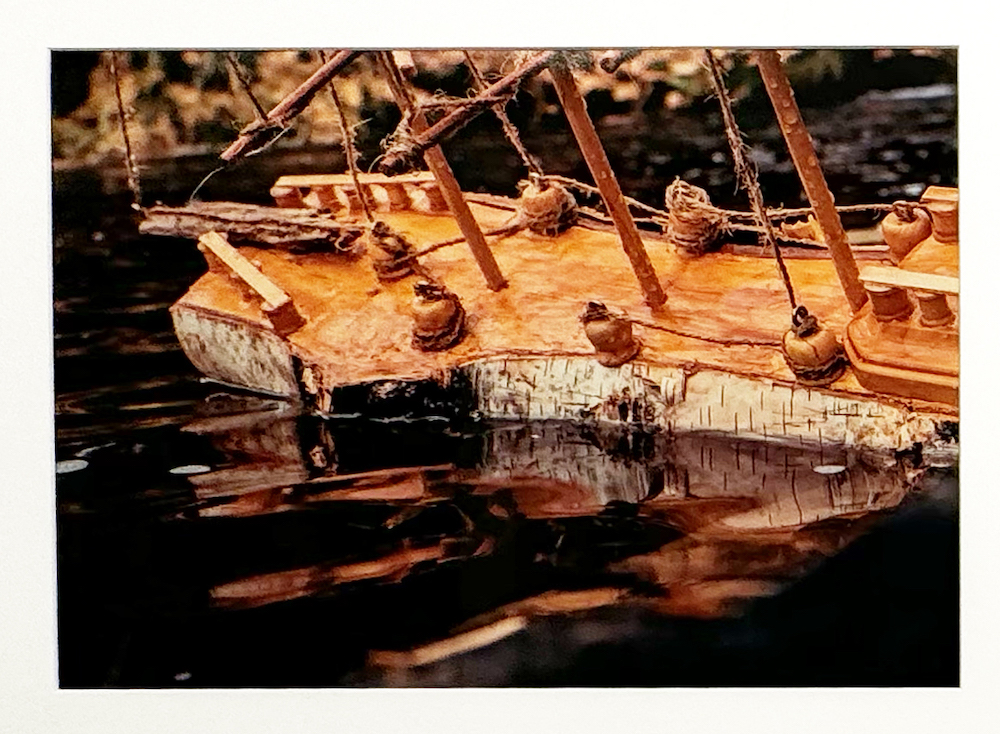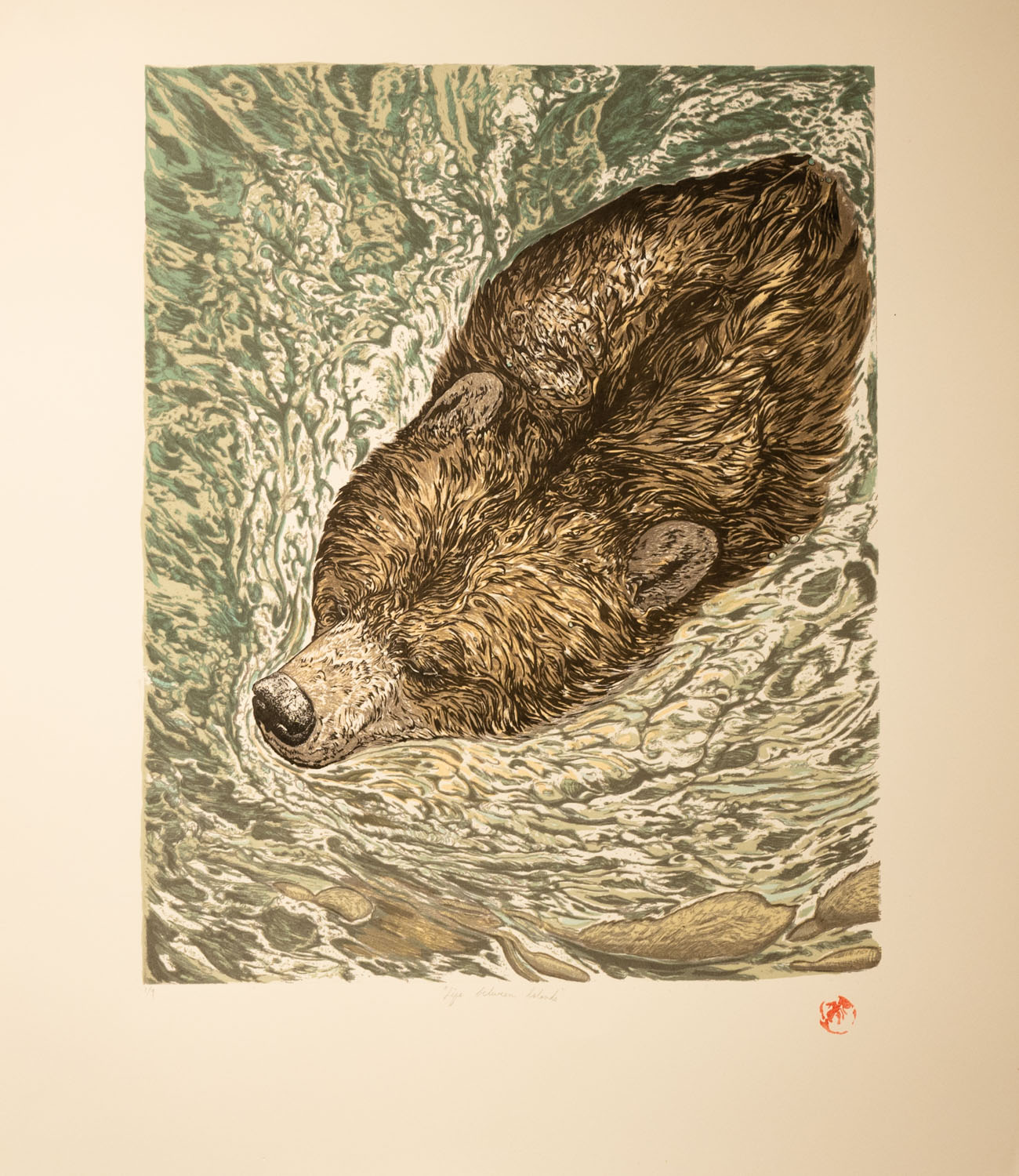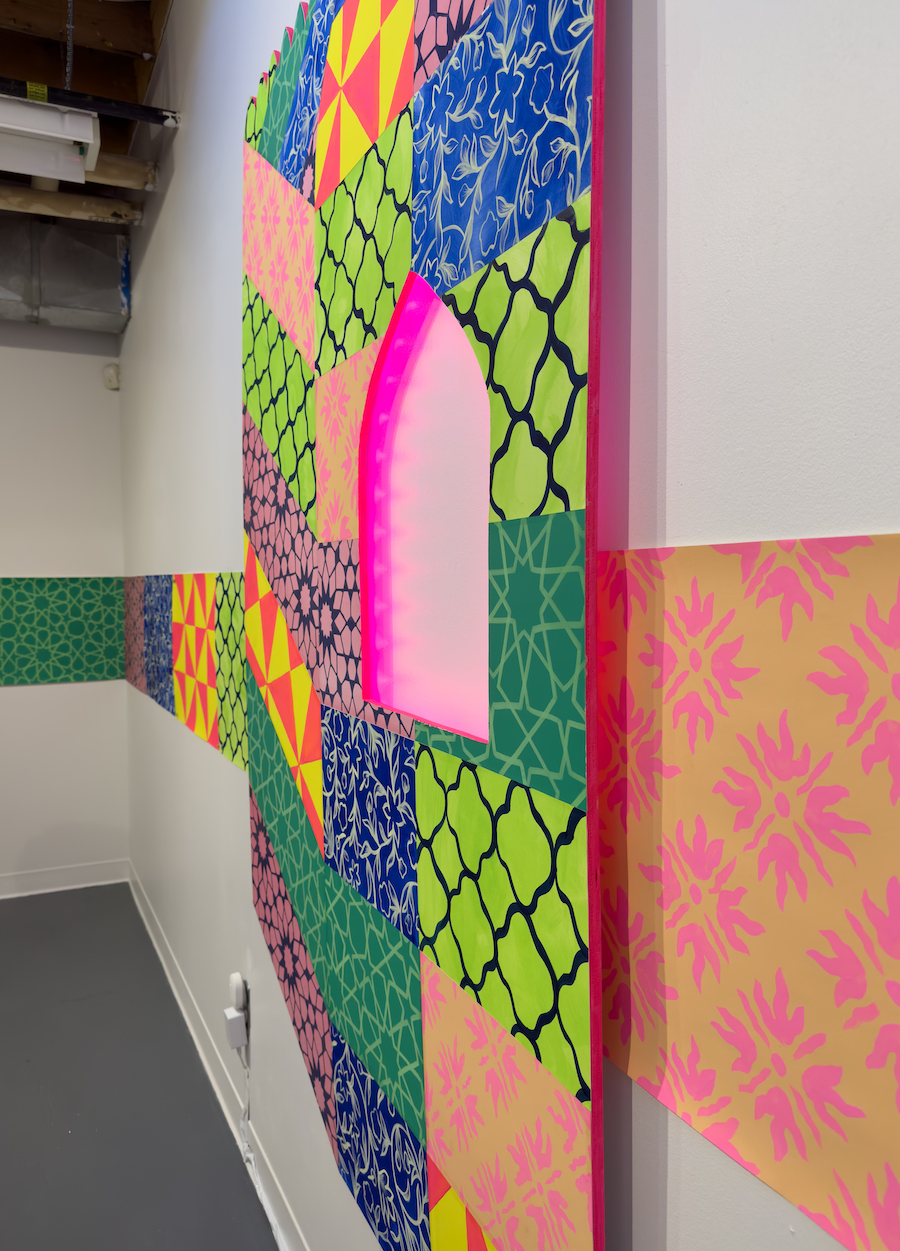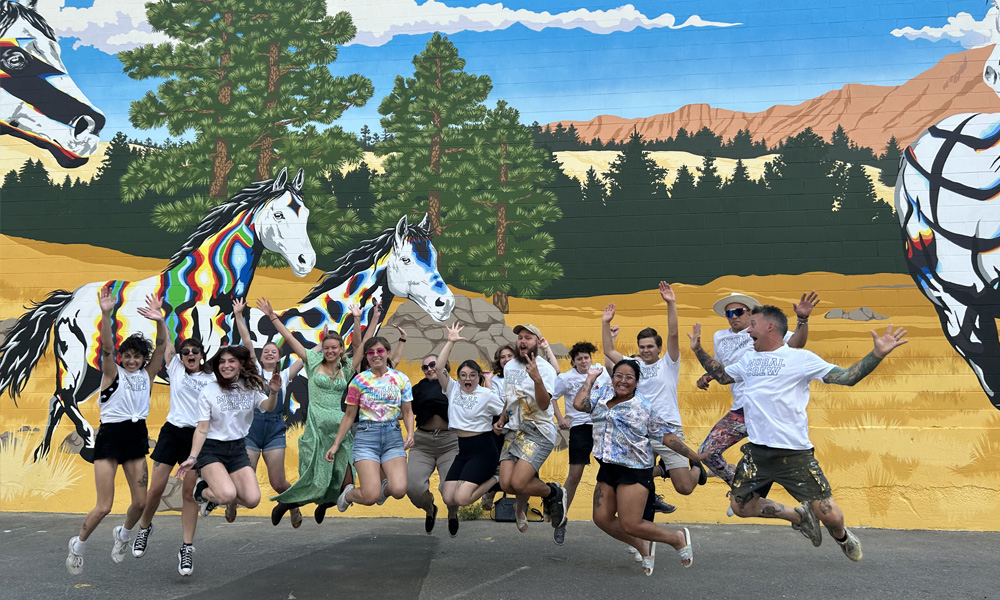7 X 7 Macedonian and Canadian Graphic Artists
One of the unique things about the varied media of printmaking is that print artists tend to work in multiples and they tend to work on paper (or a paper-like substrate). These two characteristics open up a great many opportunities for exchange and exhibition. Works made in multiple could, literally, be exhibited in different exhibitions at the farthest reaches of...
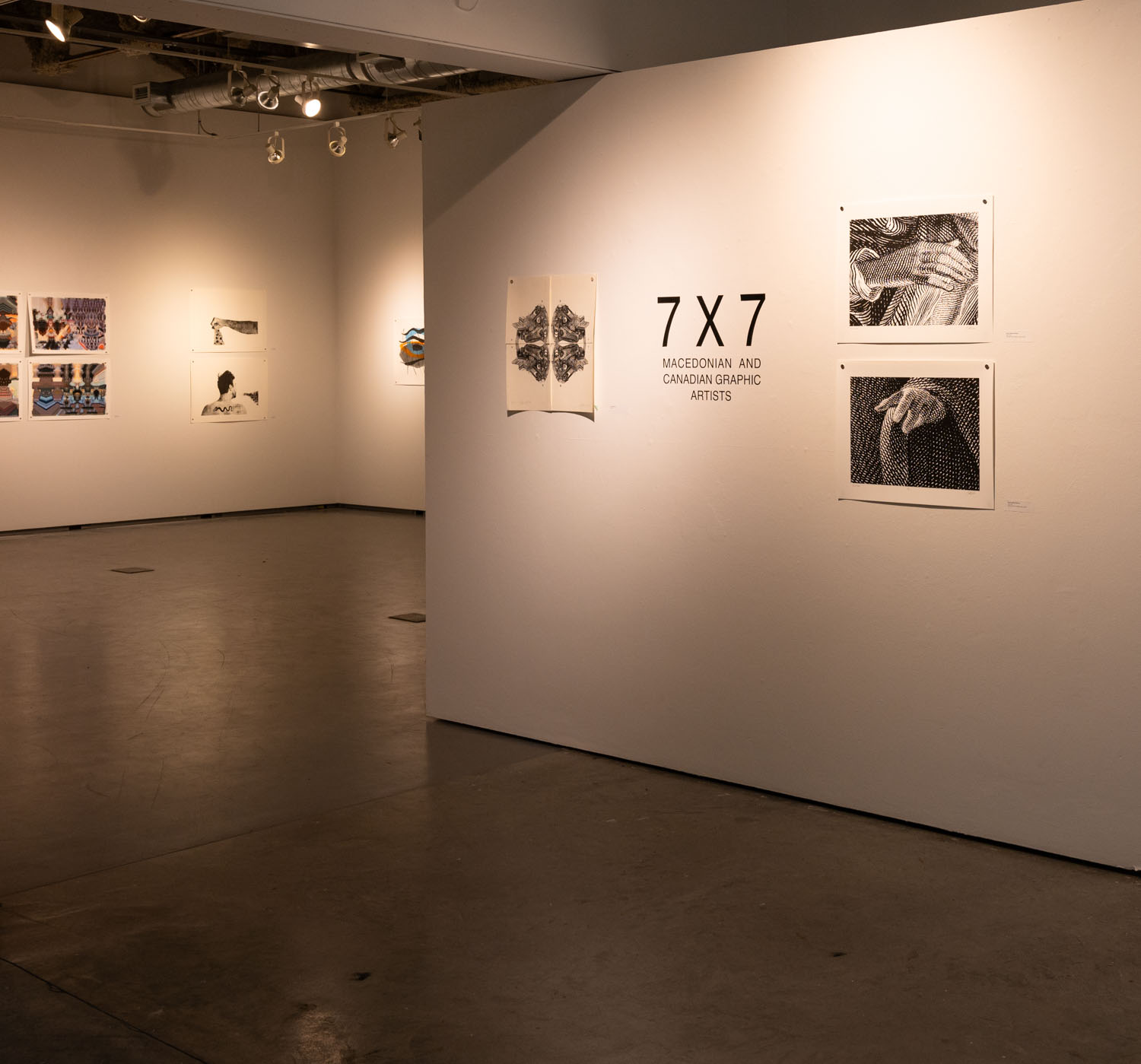
 Follow
Follow